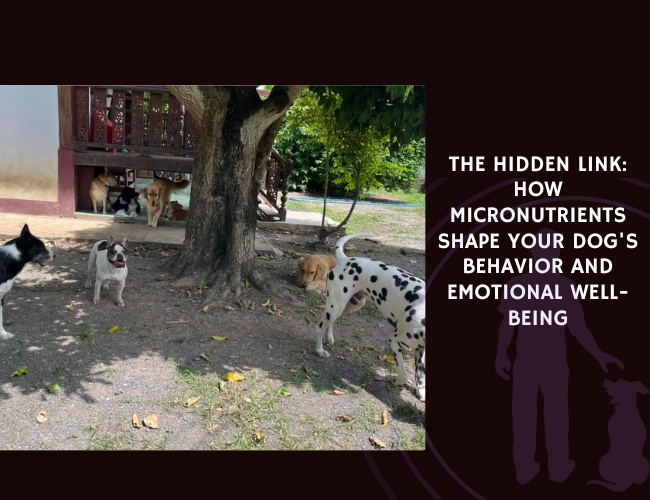Diet is one of the most debated aspects of canine health, yet few controlled studies compare raw and dry feeding practices. In this pilot trial, 33 Staffordshire Bull Terriers were placed on either a heat-processed, high-carbohydrate dry diet or a non-processed, high-fat raw diet for a median period of 140 days. The dogs included healthy individuals, those with atopic dermatitis, and borderline cases.
The study found that diet had a significant impact on hematologic and biochemical markers. Dogs fed the raw diet showed higher red blood cell counts, mean cell hemoglobin concentration, and platelet counts, while their mean cell hemoglobin, mean cell volume, alkaline phosphatase, inorganic phosphorus, and cholesterol were lower compared to the dry-fed group. Additionally, folate, vitamin B12, and iron levels decreased in the raw-fed dogs.
Importantly, although differences were detected, the majority of blood values remained within reference intervals (RIs), suggesting that neither diet posed immediate risks under the conditions of this study. Still, the findings highlight how dietary format and macronutrient balance can shape canine physiology, even in subtle ways.
The authors emphasize that more extensive research is needed to understand the long-term effects of raw versus dry diets, especially given the popularity of raw feeding and its potential influence on nutrient status and health outcomes in dogs.
Source: Anturaniemi, J., Zaldívar-López, S., Moore, R., Kosola, M., Sankari, S., Barrouin-Melo, S. M., & Hielm-Björkman, A. (2020). The effect of a raw vs dry diet on serum biochemical, hematologic, blood iron, B12, and folate levels in Staffordshire Bull Terriers. Veterinary Clinical Pathology, 49, 258–269. Publication Date: April 23, 2020. References: 48. Citations: 16.










